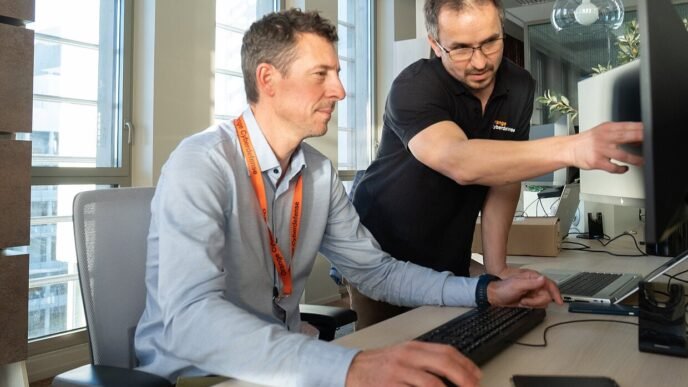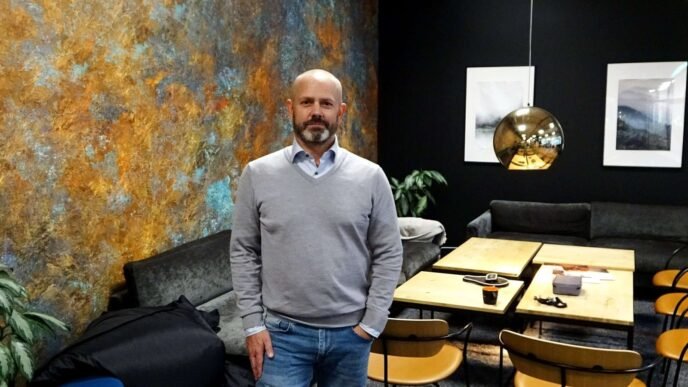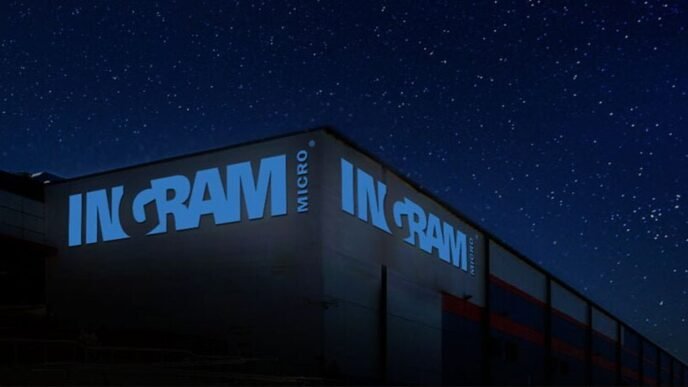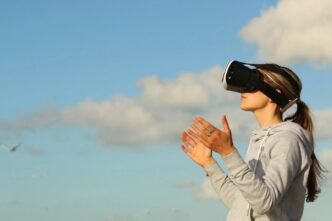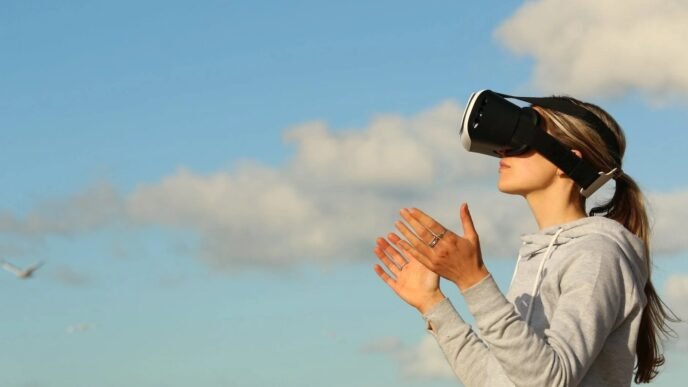The physical store is facing its biggest shift in decades.
After a long period of digital dominance, retail media now seriously entering the retail environment – and it could be the starting point for a completely new revenue model for retail.
That means Michael Lemner, retail strategist, Tanja Cronqvist, data expert, and Christian Bönnelyche, senior advisor at BizLab.
Together they see how new technology, AI and data are changing how stores communicate, measure and make money.
From e-commerce to the shop floor
The retail media revolution began online, where Amazon became a pioneer. The platform went from being an e-commerce giant to a global media house – with advertising as one of the largest sources of revenue.
Now the next step in development is taking place: the concept is moving into the physical store, where over 80 percent of all purchases still take place.
”The next big media channel is not a screen at home or on your mobile phone – without the screens in the store,” says Michael Lemner.
”That's where the customer makes their decisions, and there's enormous potential for brands to reach out with relevant messages in real time.”
Smart screens change everything
The driving force behind the change is AI-based sensors and analytics platforms which makes ordinary digital "smart" screens.
Using cameras and algorithms, they can – completely anonymously – identify who is standing in front of them and adapt their message based on gender, age or even length of stay.
”It allows stores to start selling to target groups instead of share of voice – and create a new, measurable media business in store,” explains Christian Bönnelyche.
This means that areas that previously only showed advertising can now be converted into data-driven media platforms with verified reach, statistics and real-time control – just like online digital advertising.
At the same time, opportunities are opening up for brands to reach consumers in the moment of purchase – when attention is greatest and conversion rates are highest.
BizLab FLOW – the bridge between data and experience
The The physical store has long been an underutilized data source.
With the platform BizLab FLOW Two worlds are now united: visitor insight and retail-media-activation.
FLOW can measure the number of visitors, their demographics, flows and duration of stay, and at the same time show targeted messages on the store's digital screens in real time.
”This is a real paradigm shift,” says Bönnelyche.
”With relatively small investments, chains can start running their own media business and at the same time understand how customers move around in the store.”
With these insights can marketing become more precise, while decision-making for store operations and campaigns is improved.
Data that was previously only available online is now becoming part of physical retail – and can be linked to sales statistics in real time.
The store as a new media arena
For the first time, stores can act own publishers, where brands pay for visibility based on actual exposure.
This makes physical retail can take back the initiative in a landscape where digital giants have long had the upper hand.
”We see the same journey that Amazon did,” Lemner says.
”Physical commerce can go from just selling goods to also selling data and audience exposure.” – directly in the store where the purchase is made.”
The big one the advantage compared to traditional digital advertising is the context.
The store is the place where the customer is already in a buying mood, without distracting noise, and where the brand is concretely present.
New revenue streams for commerce
For many retail chains with squeezed margins, retail media can become a lifeline.
With the right technology, you can stores create a brand new revenue stream, where advertisers pay for exposure to verified visitors – not just the number of screens or square meters.
”With the help of new technology, the store no longer needs to sell just one area,” says Tanja Cronqvist.
”"The sells verified reach to real audiences – based on data.”
At the same time, the store can improve its own customer experience.
Targeted messages can be used to inform, inspire and guide visitors, increasing both sales and customer satisfaction.
For suppliers and brands, this means a new type of transparency and measurability.
Instead of estimates, they get real numbers on how many people have seen their campaign – and how it affected sales.
The Nordic perspective
Interest is growing rapidly in the Nordic countries.
Swedish and Danish chains in groceries, consumer electronics and fashion have begun experimenting with pilot projects.
The technology, which was costly and complex just a few years ago, has become also available for medium-sized players.
”We see enormous curiosity from Nordic retailers,” says Bönnelyche.
”They realize that the value of the store’s data is far greater than they thought – and that it can be monetized without compromising customer privacy.”
With clear rules around anonymized data and consent, the Nordic region is also well positioned to lead the development of ethical retail media – an important aspect for both customers and brands.
A new business logic
The new paradigm means that physical retail will become equal measurable and data-driven like e-commerce, but with a crucial difference: the experience takes place on site.
For brands, this means greater control, better precision and the ability to measure real impact.
For customers, it's about relevant messages, less noise and more value.
AI-powered communication can even contribute to sustainability – by reducing waste on irrelevant campaigns and materials.
”This is the beginning of a new era where technology, data and experience meet,” says Lemner.
”Retail media will change how we think about the store – from cost center to revenue engine.”








